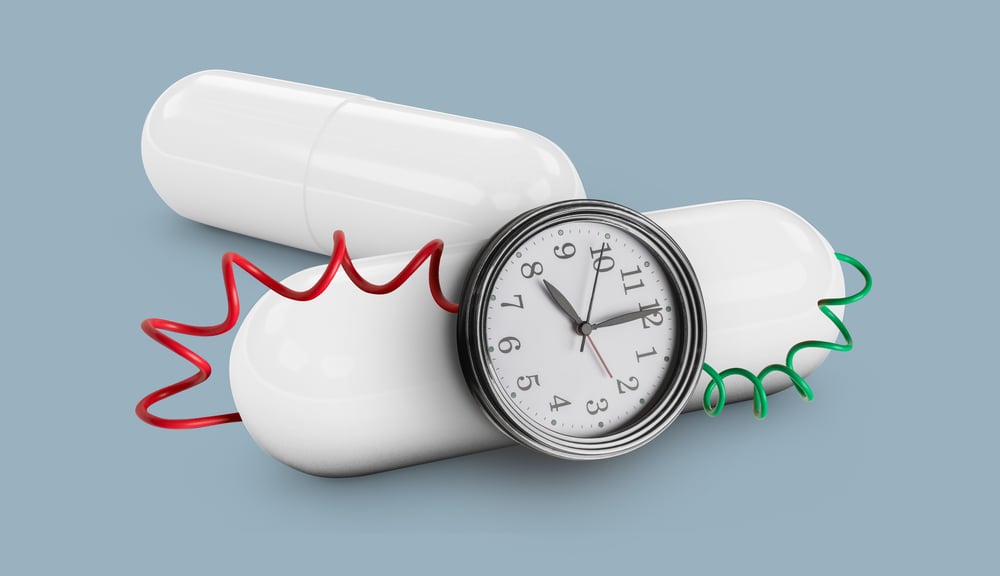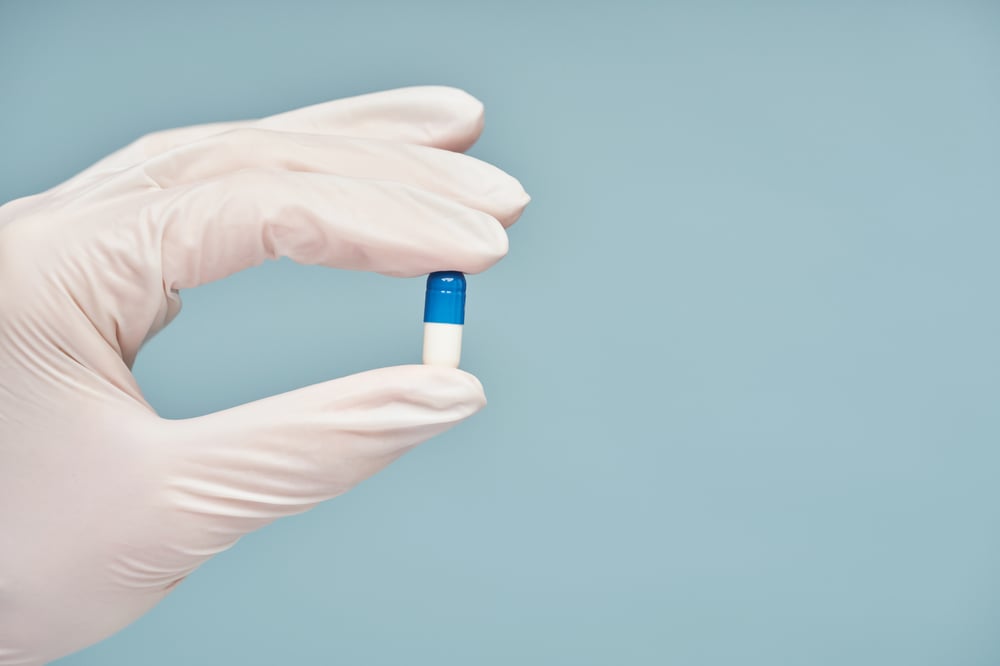
Issue 216
April 2025
A new review exposes the not-so-sweet science of MMA doping, and we explain how fighters can protect themselves from getting banned by accident or stupidity.
You can now fail a drug test from a pre-workout, a cuddle from the wrong person, or a rogue spice rack. Welcome to the new rules of anti-doping. A new systematic review published in The Physician and Sportsmedicine just lifted the gi on how dirty the fight game risks becoming. It is the first major review to zero in on doping in combat sports, where it looked at six key studies covering over 12,000 combat sports athletes, and what it uncovers is more worrying than a late-notice replacement with nothing to lose. Add in some insights from Oliver Catlin, CEO of the Banned Substances Control Group, and it’s clear that the testing rules aren’t keeping up, social norms are bending reality, and even a grain of contaminated salt could KO career. Here’s what every fighter needs to know now.
1. THE HEAVIER GET TESTED MORE
Forget about the little guys skimming the rules. It turns out it’s the big units doing all the damage. According to the review, athletes in heavier weight categories racked up more anti-doping rule violations (ADRVs) than their featherweight cousins. A study on UFC fighters found anabolic agents, hormone modulators, and diuretics were most commonly detected, with heavier fighters sitting atop the naughty list. Oliver Catlin warned why this might be on the Fighter Health Podcast: “The biggest issues, I think, are coming in and around the stimulant weight loss arena, pre-workouts. We still see stimulant contaminants on a fairly regular basis.”
Take-home message? Size matters. But so does where you’re shopping, so choose your supplements wisely, making sure they’re third-party tested.
2. CHEATING COMES IN MANY FORMS
Want to slide under the radar during rapid weight loss? Some fighters still think a diuretic will do the trick. The trouble is that diuretics don’t just help fighters make weight. They also help flush out other banned substances. The review highlights how fenoterol, a β2-agonist, spiked in athletes undergoing intense weight cuts, especially in judo. This muddy water isn’t just theoretical. “There have been positive drug tests from massage, kissing, even sharing a neoprene sleeve with someone who used drugs,” explains Catlin. If you’re a drug-tested athlete, always be cautious because inadvertent doping is on the rise.
3. BEING CLEAN DOESN'T MEAN BEING SAFE
Here’s a hard truth: you can do everything right and still test positive. Why? Because contamination is now so widespread, it makes real doping look subtle.
“There was a survey done two years ago that looked at 50 available dietary supplement surveys,” says Catlin. “Across all those different surveys. The data showed that there was 28% of those supplements across all those surveys that had a significant possibility of causing an inadvertent positive drug test. We are capable of finding a thousand times less of a substance today than we were in previous times. A grain of salt is 58.5 micrograms.”
That’s less than a sneeze of a mistake. And it is more than enough to derail a title shot. If your supplements aren’t third-party certified, you’re playing molecular roulette.

4. SOCIAL NORMS MAY FUEL DOPING
You’re not paranoid. Fighters possibly talk about doping more casually than they should. And that’s part of the problem. The review found that athletes who believed doping was common were more likely to do it themselves. This is the perception effect. If you think everyone’s doing it anyway, this may create one red-hot self-fulfilling mess. One study of MMA athletes linked higher intentions to dope with feelings of peer pressure and lower self-control. Combine that with a splash of machismo, and you’ve got a cocktail more potent than whatever’s lurking in that mystery protein tub.
5. TESTING IS ULTRA-SENSITIVE
Modern testing can detect substances in such small amounts it would make Sherlock Holmes jealous. But just because you can find a banned substance doesn’t mean the athlete used it intentionally.
“When my father started in this business 20-plus years ago, the detection capabilities were in the parts per billion range,” said Catlin. “In today’s environment, we’re finding down to about five parts per trillion capable of finding a thousand times less of a substance. That increased sensitivity also increases the potential for us to be detecting inadvertence and very small contaminants, like I mentioned, that may come from the water supply or elsewhere.”
With accidental positives rising across sports, this isn’t paranoia. It’s telling you to be careful with everything.
6. FAIRNESS DOESN'T ALWAYS MEAN ANYTHING
It’s not always the shady stuff you’d expect. The review found that anti-doping rule violations were significantly linked to products commonly assumed to be safe, like protein powders or over-the-counter vitamins. These are often tainted not by intention but by shared manufacturing lines or cross-contaminated raw materials. One study involving over 10,000 athletes showed a clear difference in pharmaceutical use patterns between elite and recreational levels, suggesting that even unintentional exposure is more likely at the top of the sport. What makes it worse? Most contamination isn’t visible on a label and might only be detectable in parts per trillion. That means fighters can get caught out by something as invisible as a leftover trace on shared machinery. Staying clean is about more than ethics. It’s about logistics.

7. ANTI-DOPING MAY NEED CONSTANT UPGRADES
Anti-doping enforcement is no longer just about catching cheaters. It’s about fixing a system that can’t always distinguish between intent and accident. The review argues that detection methods haven’t evolved fast enough to meet the complexities of modern supplement use and the rise of environmental contamination. Whether the banned substance came from a syringe or a contaminated sports drink, all failed drug tests have to be treated the same. This one-size-fits-all punishment model is wearing thin. With substances now detectable in vanishingly small amounts and inadvertent positives increasingly acknowledged in research, anti-doping needs a framework that can separate malicious intent from molecular misfortune.
STAY VIGILANT
Doping in combat sports is no longer a back-alley scandal. It’s a system-wide migraine with legal, ethical, and performance-wrecking consequences. Whether it’s accidental contamination, social pressure, or out-of-date testing policies, fighters need to be more vigilant than ever. As Catlin puts it: “This is the time to be vigilant if you are an athlete.” So, skip the sketchy tubs, only buy supplement stacks certified by a globally recognized third-party certifying organization, and protect your rep like it’s the belt. Because in 2025, the fight before the fight might just be against a microgram you never even saw coming.










